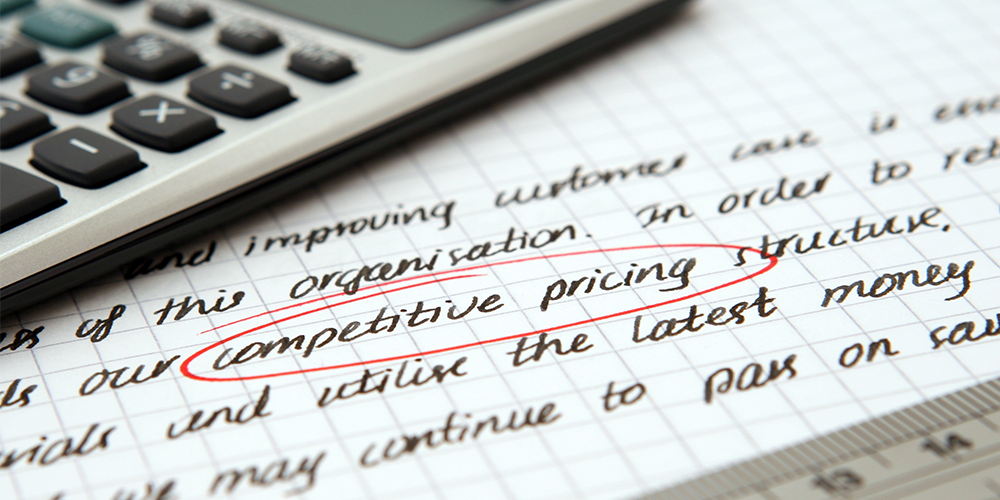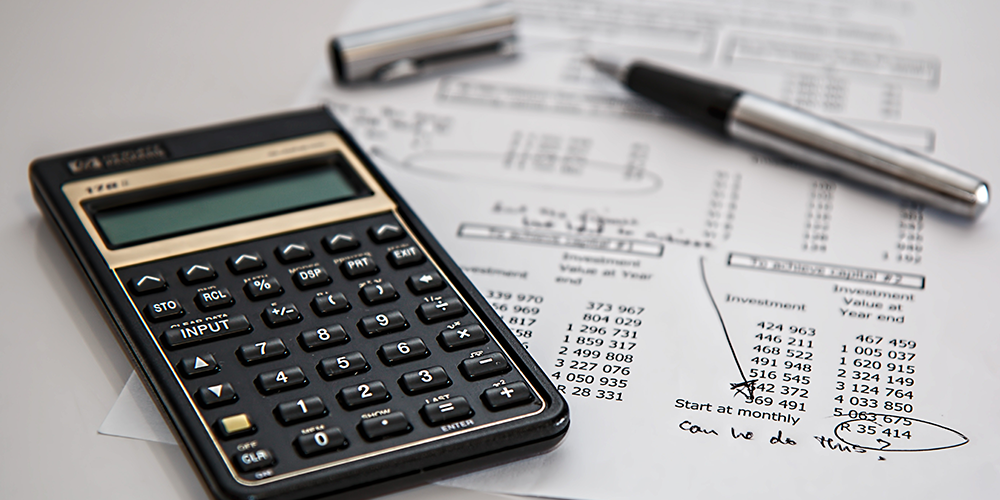
When it comes to online selling, pricing is everything. Get it wrong, and you could be selling your products for less than they’re worth, or worse – not selling them at all. Get it right, and you could be making a lot of money. We’ll explore how pricing affects sales on Amazon, give you some tips on how to price your products, and help you find the right pricing strategy.
Let’s start with the basics: when a potential customer sees your product listed on Amazon, they will make a split-second decision about whether or not they’re interested. A large part of that decision will be based on price.
If your product is priced too low, customers may think it’s of poor quality or not worth their money. On the other hand, if it’s priced too high, they may think they can get a better deal elsewhere. Either way, you risk losing a sale.
It’s essential to strike a balance with your pricing, which means understanding what your customers are willing to pay. Take some time to research your competition and see what similar products are being sold for.

What Controls Product Price?
Five factors control product price: production costs, distribution costs, competitive market conditions, Amazon fees, and marketing costs. Here’s a closer look at each of these pricing factors:
Production Costs: The cost to produce a product will directly impact the sale price. If it costs more to create a product, you will need to sell it for more to make a profit.
Distribution Costs: The cost to get the product from the manufacturer to Amazon’s warehouses also plays a role in the sale price. If shipping costs are high, you will need to charge more for the product to cover those expenses. Read here if the Inventory Placement Service on Amazon is the right choice for you.
Competitive Market Conditions: Amazon is not the only site selling products online, so they need to stay competitive with other retailers in terms of price. If other companies sell similar products for less, you will need to lower your prices to remain competitive. However, if your product on Amazon can offer better overall value than other retailers (i.e. lower prices and/or faster shipping), you can charge a premium and still make some profit.
Amazon Fees: Many Amazon fees are often overlooked in calculations, but they can be significant. Considering Amazon fees is a must to determine the best product price.
Marketing Costs: Finally, you must ensure that you have at least 30% of the net profit margin after deducting all fixed costs. This will leave some room for maneuvering the marketing costs, including paid advertising and discounts.

How to Determine the Best Price for Your Products
This is the million-dollar question for most Amazon sellers: how do I calculate the best price for my products? To get to the bottom line, Amazon sellers must do large-scale research before deciding on pricing. There are two main things to keep in mind: the price must be profitable and competitive. Apply the following formula and determine the lowest price you can offer:
- Formula:
- ((Sales – Total Expenses)/Revenue) x 100 = Profit Margin
Once you determine your profit margin, you can determine the highest and lowest prices. You will know the average price or how much you can afford to discount your products when needed.

Pricing Strategies for Amazon Sellers
When pricing your products on Amazon, there are a few things to remember. First and foremost, pricing affects sales. The lower the price, the more likely people will buy your product. However, you don’t want to price your products too low, which can affect your profits. Instead, you’ll want to find a happy medium that balances affordability and profitability.
There are six main strategies that you can use to determine the correct pricing of your products:
- Supply and demand: The main factor is what the market wants. If you’re selling a product no one wants, you can sell it for less than it’s worth, but there will be no sales. Conversely, if you have a high-demand product with great social proof, you can most definitely afford to ask a little bit more.
- Price lower: Selling your products at a lower price than your competitors. To stand out from the competition—at least temporarily—offer your products at the lowest possible price.
- Be careful with this strategy, though: always being the cheapest can create a general concern about product quality.
- Price higher: Selling your products for more than your competitors. It can sound a little weird, but it all depends on your brand’s reputation and you as a seller.
- You’ll attract customers seeking superb quality who want to avoid unreasonably cheap products.
- These customers expect the best quality – so if you’re going down this route, ensure you provide high-quality products.
- Competitor-based pricing: Matching prices with competitors
- The biggest challenge here is to determine your real competitors and their pricing.
- Play it safe: Decide on a sweet spot for your pricing: neither too expensive nor too cheap. This comes with a risk of not scaling and growing, as there will always be some other products that are cheaper or more expensive, depending on what the customers are looking for.
- Personalized Pricing: Many companies use various channels to track their customers. They use this data to create special prices adjusted based on location, buying history, search history, preferences, etc. This gives the customers a feeling of being unique and will most likely add these products to their carts.

Pricing Tools
Pricing tools can help you maintain the optimal price based on your chosen strategy for all your products:
- A free cost calculator can be found on Amazon directly. It will help you estimate what your optimal listing price should be. It’s limited as it only includes some parts of the costs involved, but a great place to start!
- Another Amazon tool is called Amazon Automate Pricing: With this tool, you can set pricing rules that align with your profit margins and business goals.
- This tool is widely used because it changes immediately and automatically as the market or the competitors change.
- Third-Party Repricing Algorithms: In addition to Amazon’s algorithm, other 3rd party tools also offer this solution. Some sellers opt for these because these tools give them additional information such as inventory forecasts, profit calculators, business pricing suggestions, FBA fees management, and more.
- Manual Pricing: Always was and always will be an option. Whether or not this is the right move for you will depend on your catalog size, the niche you’re selling in, and the competition. It can become a mundane task that involves a lot of effort, with no significant results to show for it.
Special Offers
Change your prices when the situation requires it, for example, for Prime Day, during the shopping season in Q4, or when launching new products. During these periods, you can adjust your pricing or offer special discounts to drive traffic and incentivize your loyal and new customers to buy your products. Moreover, the additional sales accumulated with this strategy can increase organic sales after the promotion ends.
Below are some examples and tips for you to implement:
- New products: Breakthrough the market by offering a launching discount for all customers of 15%.
- You can offer your loyal customers up to 50% off to reward them.
- Bundled products: Increase your cart value by offering up to a 40% discount on the bundles or sets of products.
- Excess inventory: Offer up to 60% off to eliminate the surplus inventory and clear up the storage space.
- Holiday seasons: Take advantage of Amazon’s traffic increasing during certain seasons. The majority of Amazon customers are expecting a 30% discount.
Read here Amazon Pricing Study: The Most Expensive Products, Category Volatility, and Seasonal Price Shifts by Semrush to find out more about interesting pricing facts and trends on Amazon.
Conclusion
Setting the right price is crucial for any business, but it’s imperative for Amazon. That’s because Amazon is a highly price-conscious marketplace, where shoppers always look for the best deals.
If your prices are too high, you’re likely to lose sales. But if your prices are too low, you may not have enough profit to sustain and keep growing your business. So how do you find the sweet spot?
One pricing strategy you can use on Amazon is called ‘positioning by price’. This involves setting your prices based on what similar products are selling for. For example, if most of the products in your category sell for $20, you might want to price your product at $19.99.
This pricing strategy can be effective because it allows you to stay competitive while making a profit. And since shoppers on Amazon are always looking for the best deals, they’re likely to gravitate towards products priced lower than the competition.
Finally, remember that pricing is not static. As the costs of your materials or shipping change, so should your prices. By regularly reviewing your pricing strategy and making changes as needed, you can ensure that you are always maximizing your sales and profits on Amazon. In the meantime, do these 4 FBA Fees checks that will save some money in your pocket.
If you need additional help and advice for your Amazon journey, don’t hesitate to reach out to the BellaVix team today!
Keep up with the latest Amazon and Walmart news updates and subscribe to our BellaVix newsletter 👇👇👇
